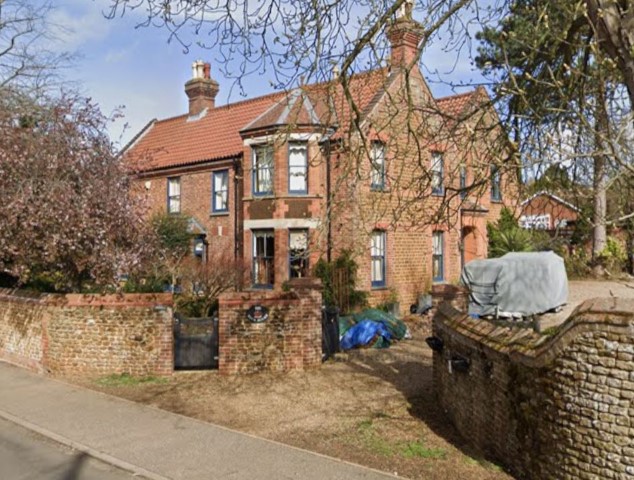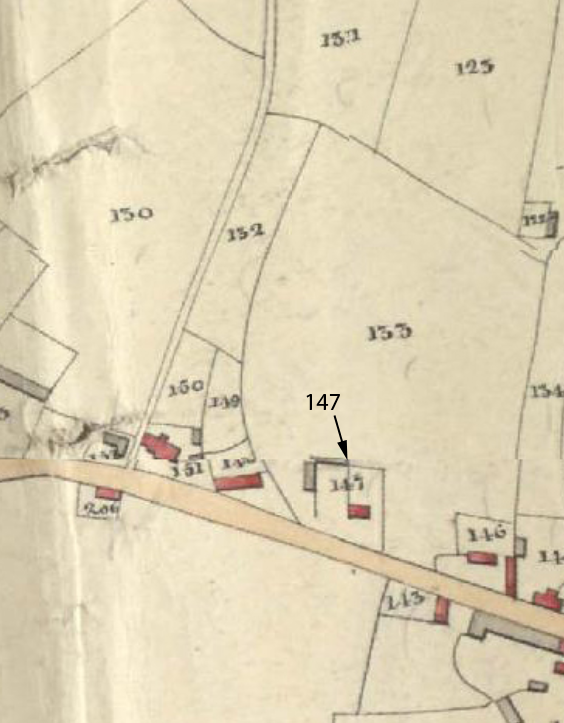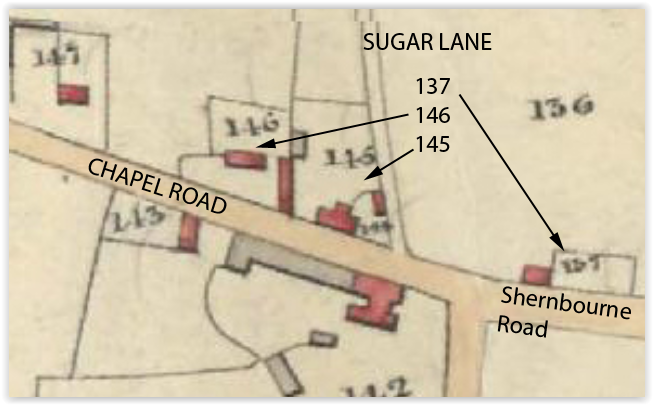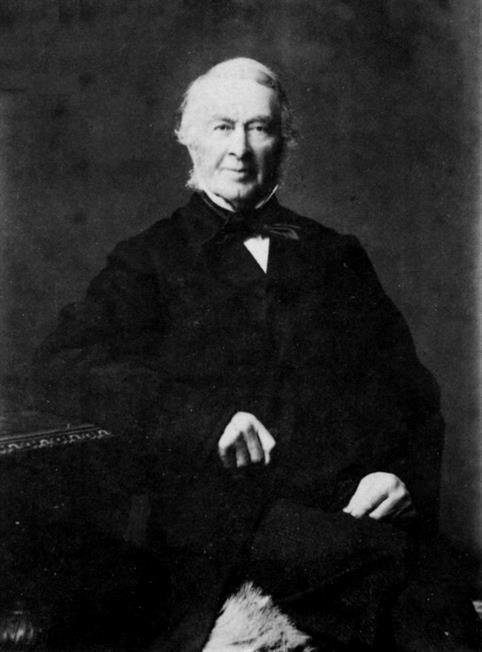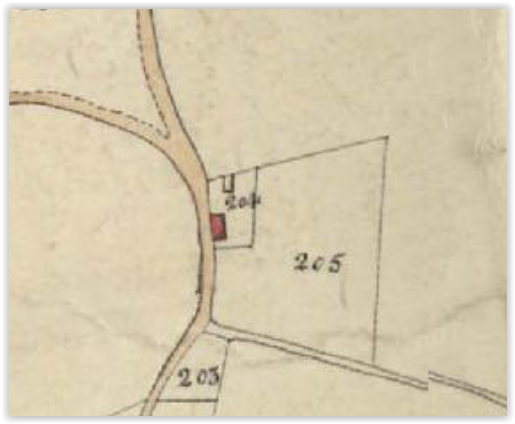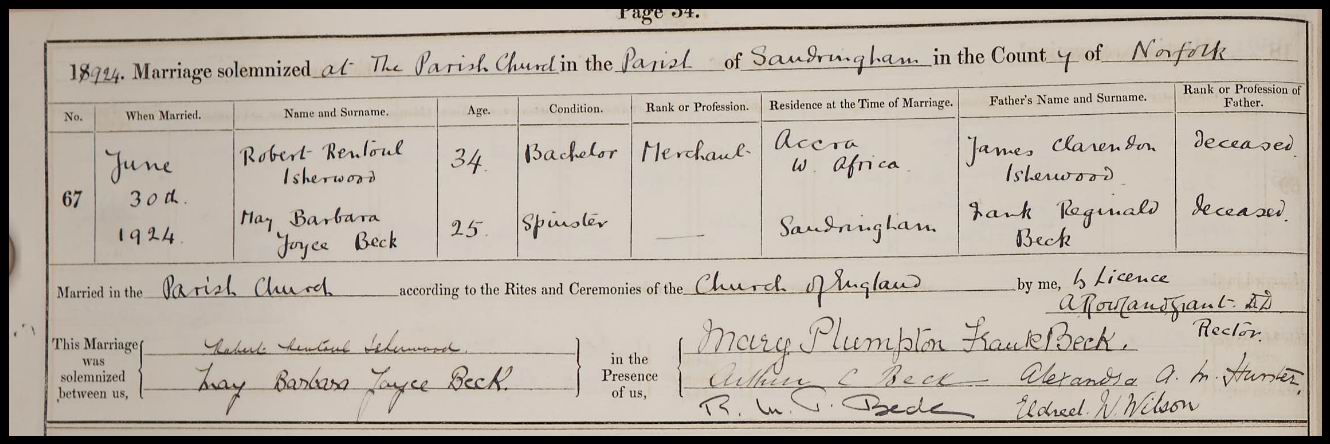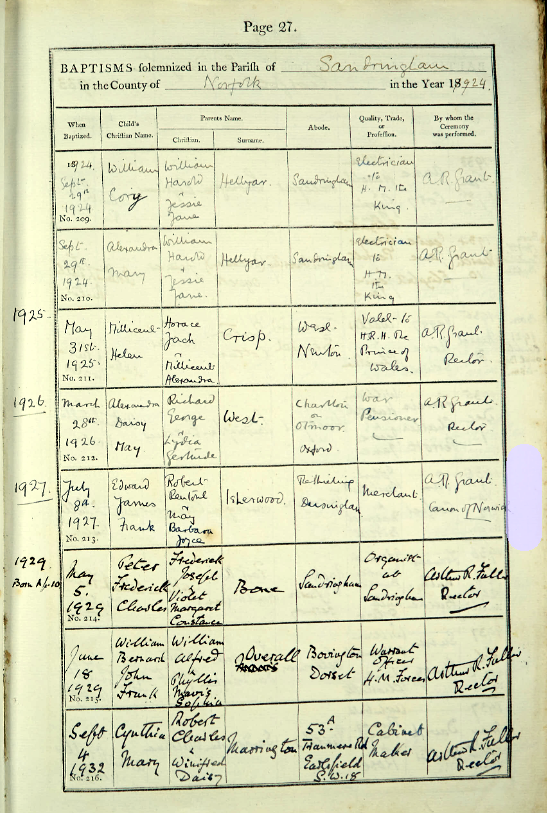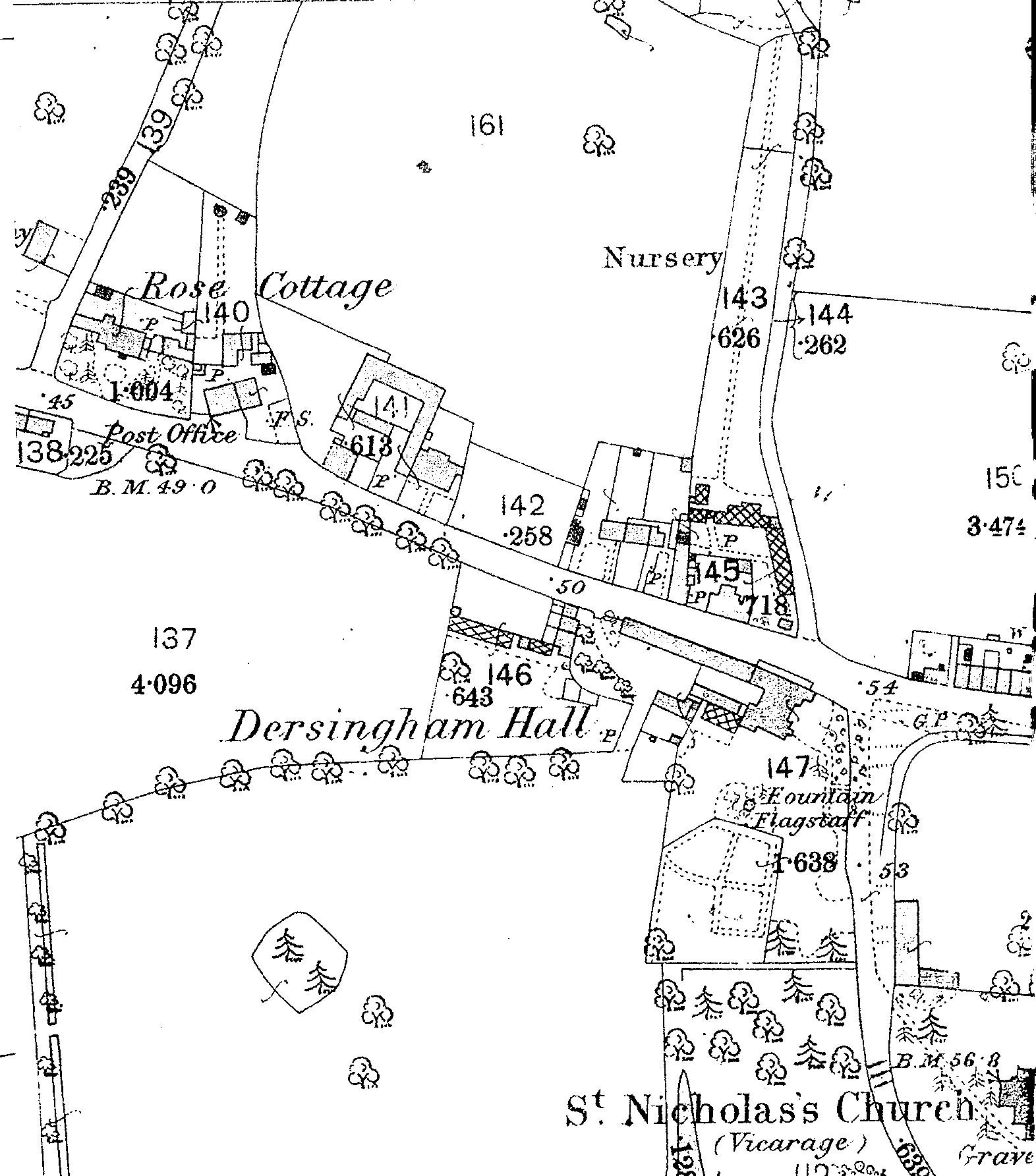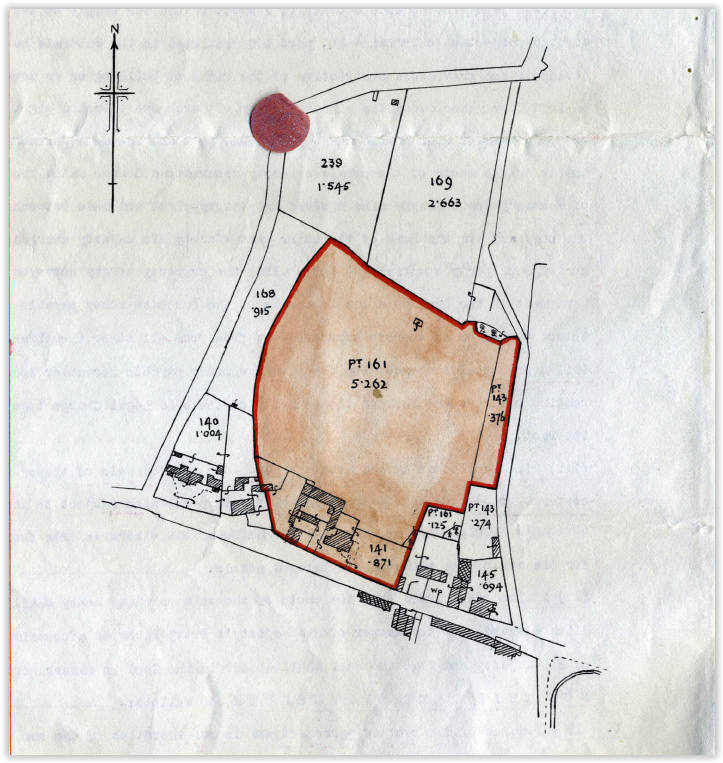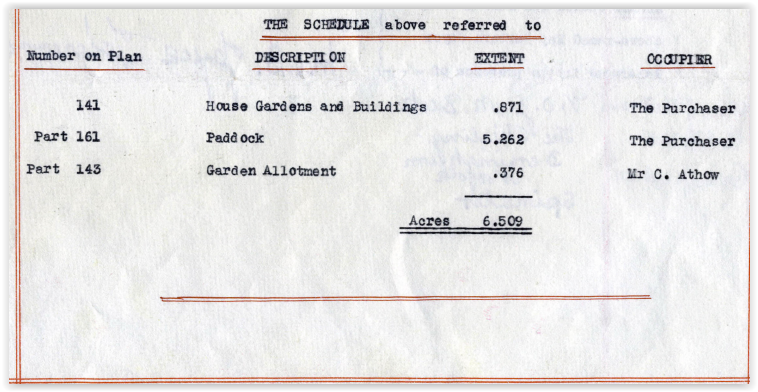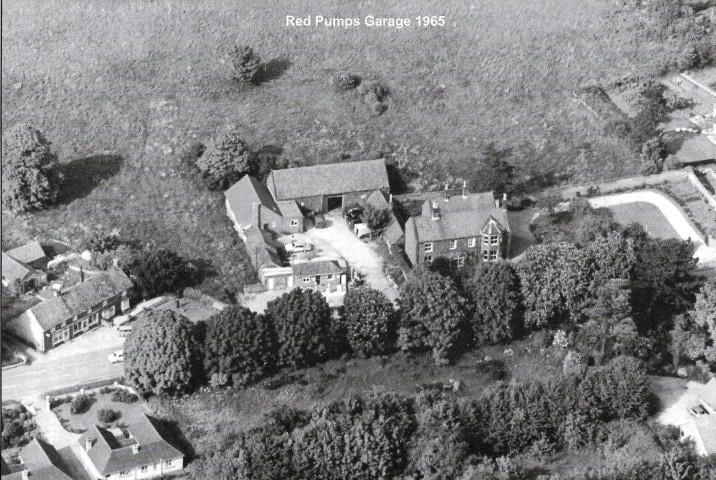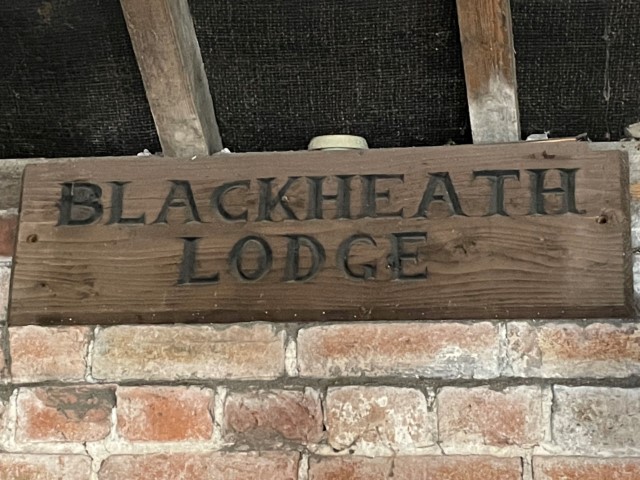I also visited Mrs. Isherwood in her large flat just off the front in Cromer and enjoyed a cup of tea with her.
Ion and Sue Trewin 2001-2012
In 2001 the property changed hands once more when Ion and Sue Trewin moved in. The villagers looked on as major changes took place. The entrance gates near to Mecklenburg House were taken down and the old carstone wall was altered to continue parallel to the road. A new entrance was constructed nearer to the house where it is found today. Moreover the Trewins decided to rename their home Beck House to bear witness to its close association to Captain Frank Beck. The villagers were kept guessing for a while about the long building being constructed in the garden. It was a swimming pool which the Trewins once opened up for a sponsored charity swim to raise funds for Tapping House.
Ion Courtney Gill Trewin was a well known journalist who then turned successfully to publishing.
Ion was born on 13th July 1943 in Highgate, London. He was educated at Highgate School but did not go on to university preferring to follow his parents into journalism instead. His first job being with the Independent and South Devon Times based in Plymouth. He married Sue in 1965.
He became Literary editor of The Times, and then moved into Publishing becoming Senior Editor with Hodder and Stoughton, publishing Director of Weidenfeld and Nicholson, and later a member of the Literature Advisory Panel of the Arts Council of Great Britain. He commissioned and edited Thomas Kenneally’s “Schindler’s Ark” and from 2006 he took the helm of the Booker Prize. He also edited the best-selling Alan Clarke Diaries and wrote an acclaimed biography of Alan Clarke. He and Sue both became closely involved in the activities of the village and surrounding area. They volunteered at Tapping House, were Friends of St. Nicholas Church and raised funds for Park House among many other activities. They remained at Beck House until 2012 when they moved to Snettisham. However, Ion kept in touch with Dersingham as he wrote several article for Village Voice detailing his efforts to restore and improve a pond, well a small lake really, in his new premises. (They can be read in numbers 76-83).
It was a sad day for the village when his death was announced on April 8th 2015. Obituaries were carried in the National Press, The Guardian, The Scotsman among others. He was described as “calm, courteous, and avuncular”. When he was once asked about his recreations he replied, “indulging grandchildren, gardening, watching cricket, gossip.”
Five oak Trees were planted in Reffley Wood to his memory and a small plaque still pays tribute to his name.
Tributes from Bob Tipling and Nigel Sisson can be read in Village Voice No. 94. For those interested in learning more about this remarkable man all the obituaries can be found online.
2012 – Present Day
We are very grateful to the present owner of Beck House Mr. Robin Hughes for sharing with us the several documents he holds which have provided much historical detail not only of his property but also of others in the vicinity.


